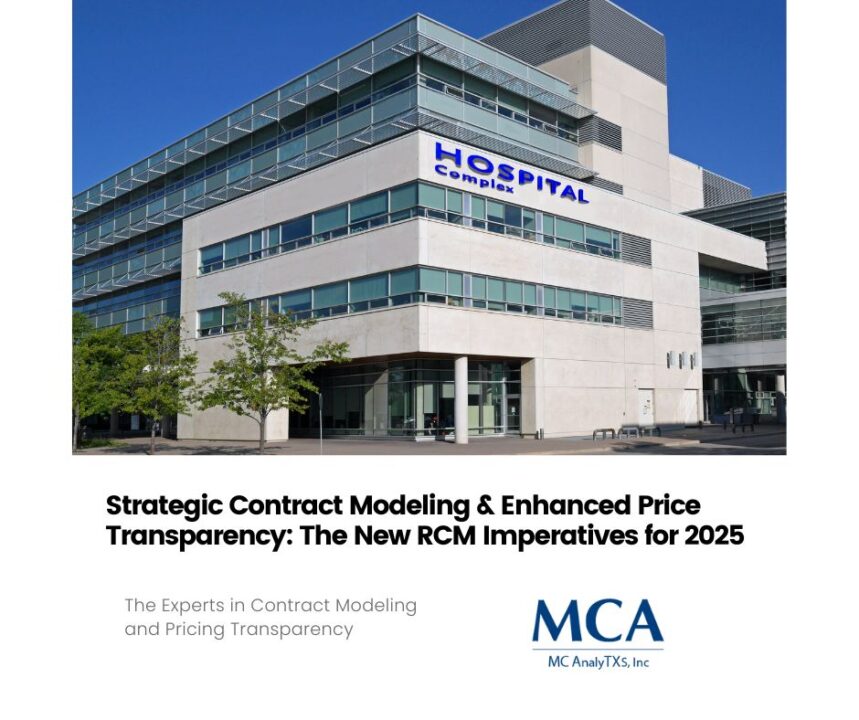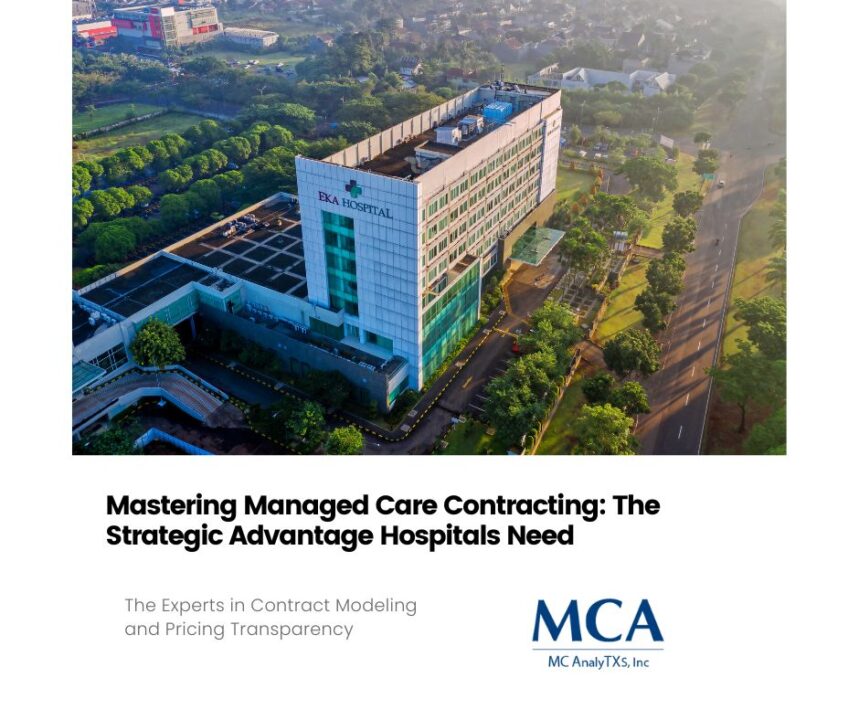
How Labor Expenses of Hospitals Impact their Financial Performance
November 6, 2023
The Cost of Short Staffing in Revenue Cycle Management
November 15, 2023The healthcare industry has seen a significant transformation in recent years, with technological advancements changing the paradigm of the industry. One of the most significant changes that healthcare leaders are embracing is automation. Automation is increasing efficiency, reducing errors, and ultimately, improving the overall quality of patient care. In the revenue cycle management arena, leaders are prioritizing automation to streamline the billing and payment process. In this blog post, we will explore why revenue cycle leaders are prioritizing automation, the benefits of implementing automation in revenue cycle management, and the challenges of automation in the healthcare industry.
Why Revenue Cycle Leaders are Prioritizing Automation
Revenue cycle management is a complex process that requires transparency, accuracy, and timeliness in billing and payment. Revenue cycle leaders are now prioritizing automation because it can improve the speed and accuracy of the process, minimize patient billing inquiries caused by billing errors, and allow for a more timely and efficient claims submission process. Automation can also reduce staff workload, lower operational costs, and provide valuable data insights that can guide revenue cycle management strategies.
Benefits of Implementing Automation in Revenue Cycle Management
The benefits of implementing automation in revenue cycle management go beyond just increased efficiency. Automation can also reduce claim denials and improve the collection of patient payments. The automation of claims validation and the generation of secondary claims can reduce the potential for denials due to inaccurate patient information. Additionally, payment automation through secure online payments, improved self-service portals for patients, and efficient billing and payment workflows can increase the speed and transparency of the payment process.
Challenges of Automation in the Healthcare Industry
One of the main challenges of automation in the healthcare industry is the initial implementation cost. Healthcare organizations must invest in new technology, software, and staff training to effectively integrate automation into their revenue cycle management workflows. Additionally, healthcare organizations must ensure that automated processes comply with patient privacy regulations to avoid legal implications. Optimizing automation takes time and patience, and not all healthcare organizations have the resources to accomplish it.
Best Practices for Revenue Cycle Automation Implementation
Implementing revenue cycle automation effectively requires a well-planned strategy. The first step is to understand the unique needs of your healthcare organization. Each organization has its requirements, budgets, and expectations. Once the organization has outlined its goals, it should identify the right automation solution that fits their workflow. The automation solution must be flexible, scalable, and intuitive to enable easy integration. Above all, regular upgrades, data analysis, and monitoring are essential to ensure that the automation process aligns with the healthcare organization’s changing needs.
Conclusion:
Revenue cycle management is a crucial aspect of healthcare management, and revenue cycle leaders are embracing automation to improve this process. Automation in revenue cycle management can increase efficiency, reduce errors, and provide valuable data insights. However, implementing revenue cycle automation can be expensive and challenging, requiring a well-planned strategy. Healthcare organizations must understand their unique needs, identify the right automation solution, and commit to regular upgrades and monitoring. Ultimately, the implementation of automation in revenue cycle management can improve the overall quality of patient care by simplifying the billing and payment process.





